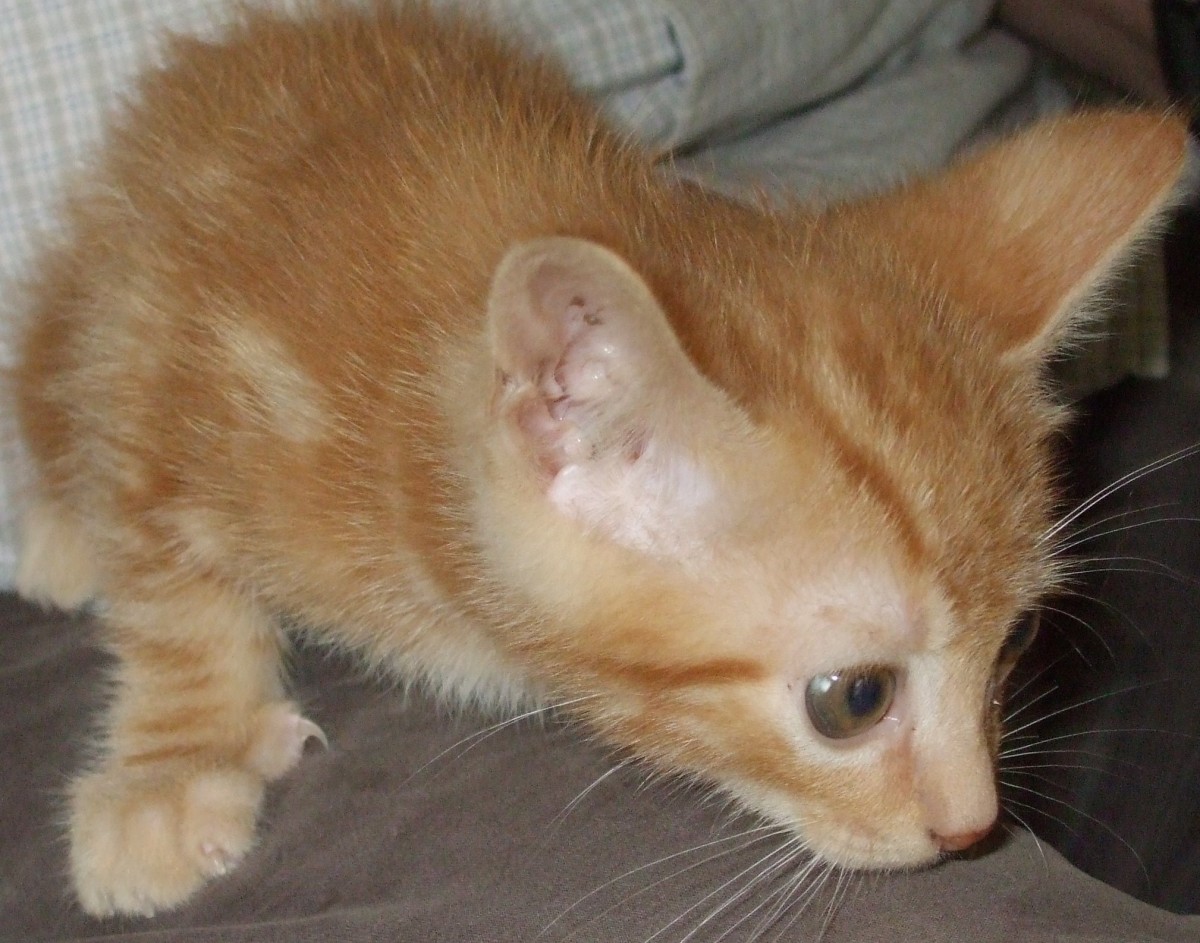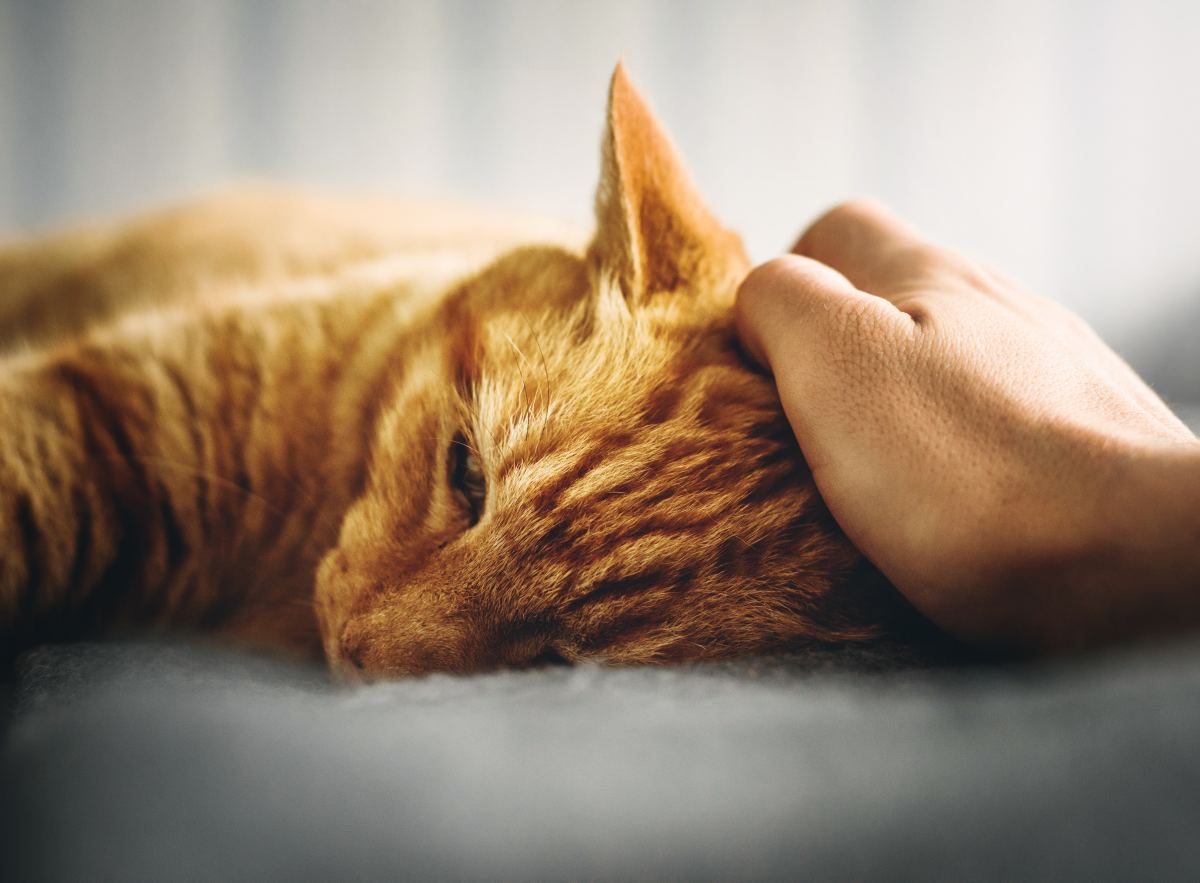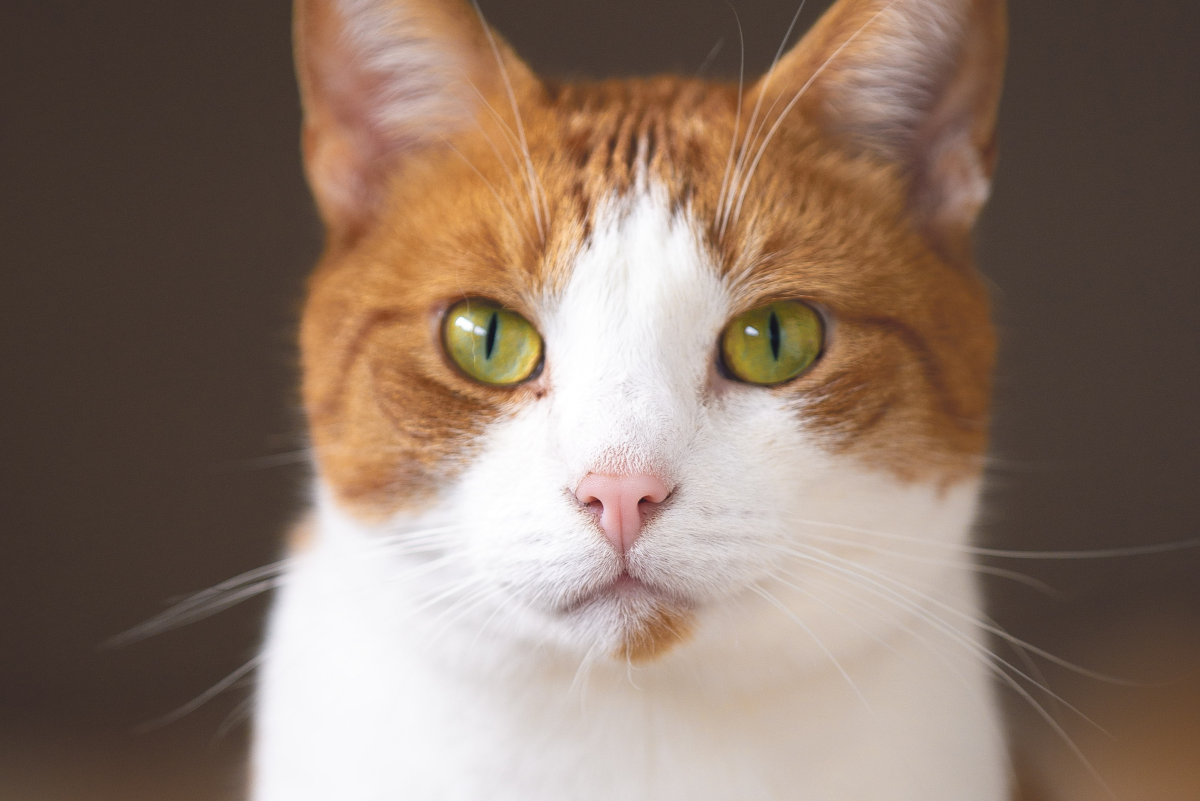Things that can be done before declawing your cat
There are other options out there
In my many years working at an animal hospital I have admitted and discharged many cats coming in for de-claw surgery.
What many pet owners are not aware of is that de-clawing is not just the removal of the nails but actually is the removal of the actual toe bone, thus a declaw is closer to an amputation rather than a simple nail trim.
Owners are often surprised about the many complications that may develop after surgery.
Cats will first of all go through a lot of pain and the first weeks of recovery they will require their regular litter replaced by a softer newspaper style litter specially designed for cats post declaw surgery.
I have known of good cats go through personality changes as they realized their first line of defense was completely gone. In some cases these cats had to be surrendered to a shelter and humanely euthanized.
I have heard of declawed cats becoming easily injured because they were no longer able to climb and ended up falling on their backs.
Declawed cats shold not be allowed outdoors any longer as they end up defenseless if in trouble.
Many cats also go through post operative complications such as excessive bleeding, abscesses, nerve damage and much more.
It is natural therefore, that the informed and responsible pet owner will look for safe alternatives before proceeding in such an invasive surgery.
- First, you must understand why cat's scratch. Many times all it takes is some patience. Cats need to scratch and this is fundamental for the owner to understand. Cats do not scratch because they want to be annoying creatures but because their nails grow and need to be regularly trimmed.
-Learn how to trim nails. You can help your cat by trimming the nails on your own. All you need is a good nail clipper and then you must remember not to trim past the pinkish line called "the quick". You will see this line of skin easily if you trim in a well lit area or near a lamp. If you trim over the quick it may hurt the cat and may bleed profusely. You can apply some flour to the area to stop the bleeding or you can buy a product at pet stores that helps coagulate the blood.
-If you are not able to trim your vet technicians will be happy to do so for you. Most cats only need them trimmed once every 2 weeks or up to a month. The charge should be usually well below 20 dollars.
-You can also provide your cat good scratching posts or a piece of furniture you do not care about. Cats are pretty into routine, if they find a good scratching area they likely will go to the same spot.
-There are also some pretty good products out there such as nail caps, these are caps that are glued to the cats nails and have helped many desperate cat owners find a definitive solution that makes their carpets and furniture finally smile!
So before considering declawing it would be best for you and your cat to try these alternatives first, in many instances they will work, saving all the hassles and complications declawing will cause and you will be granted a much happier cat.









